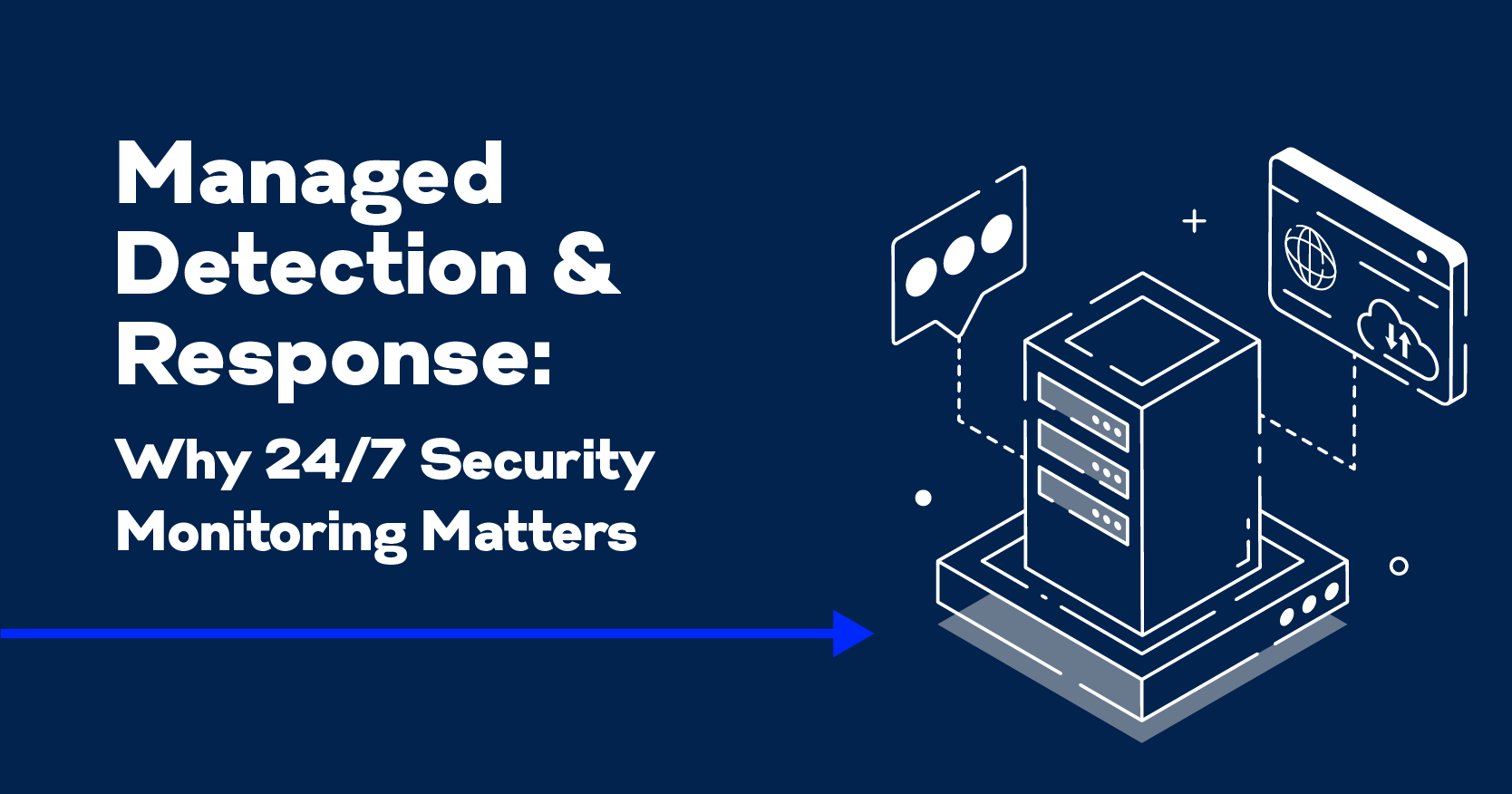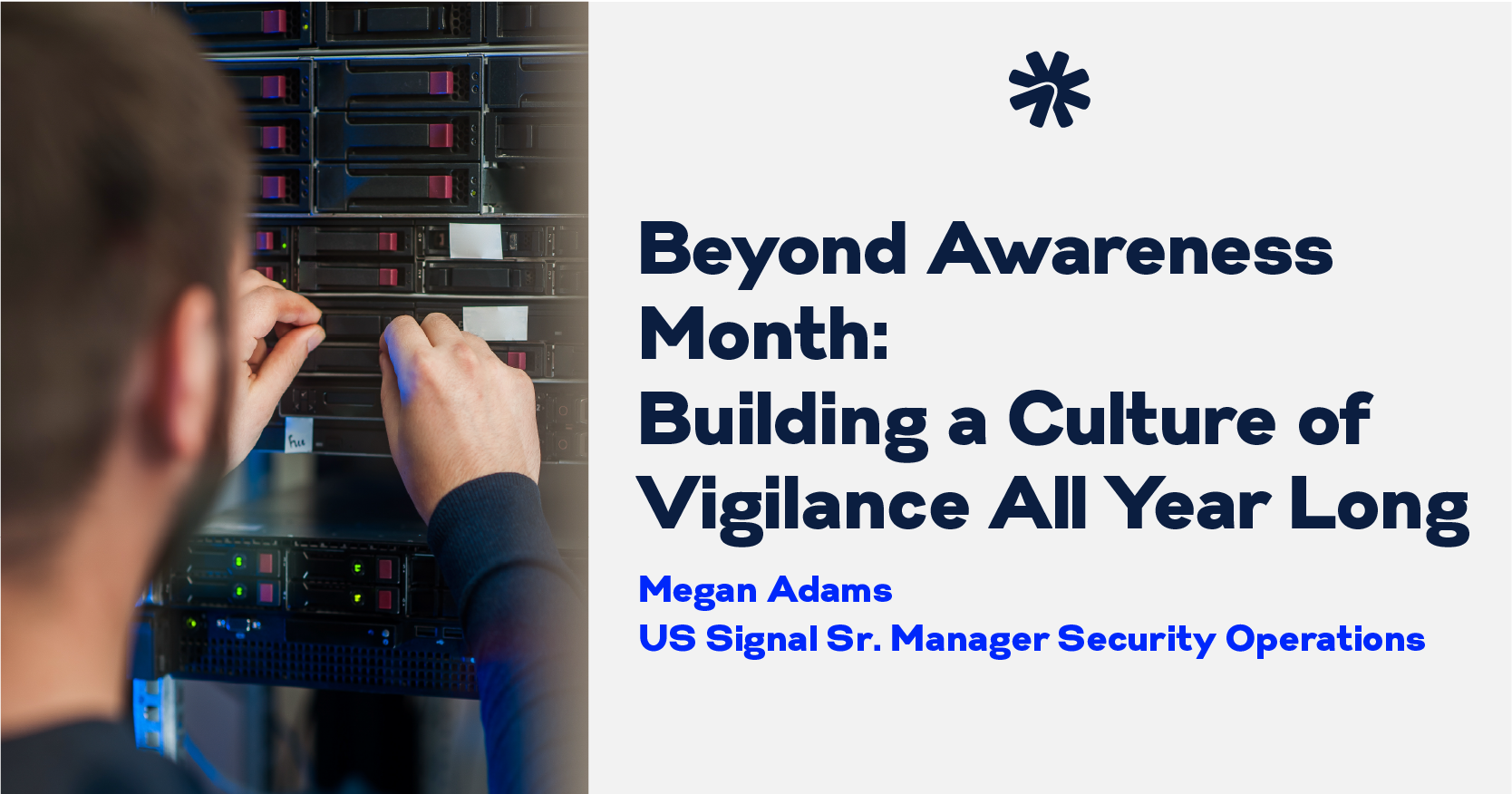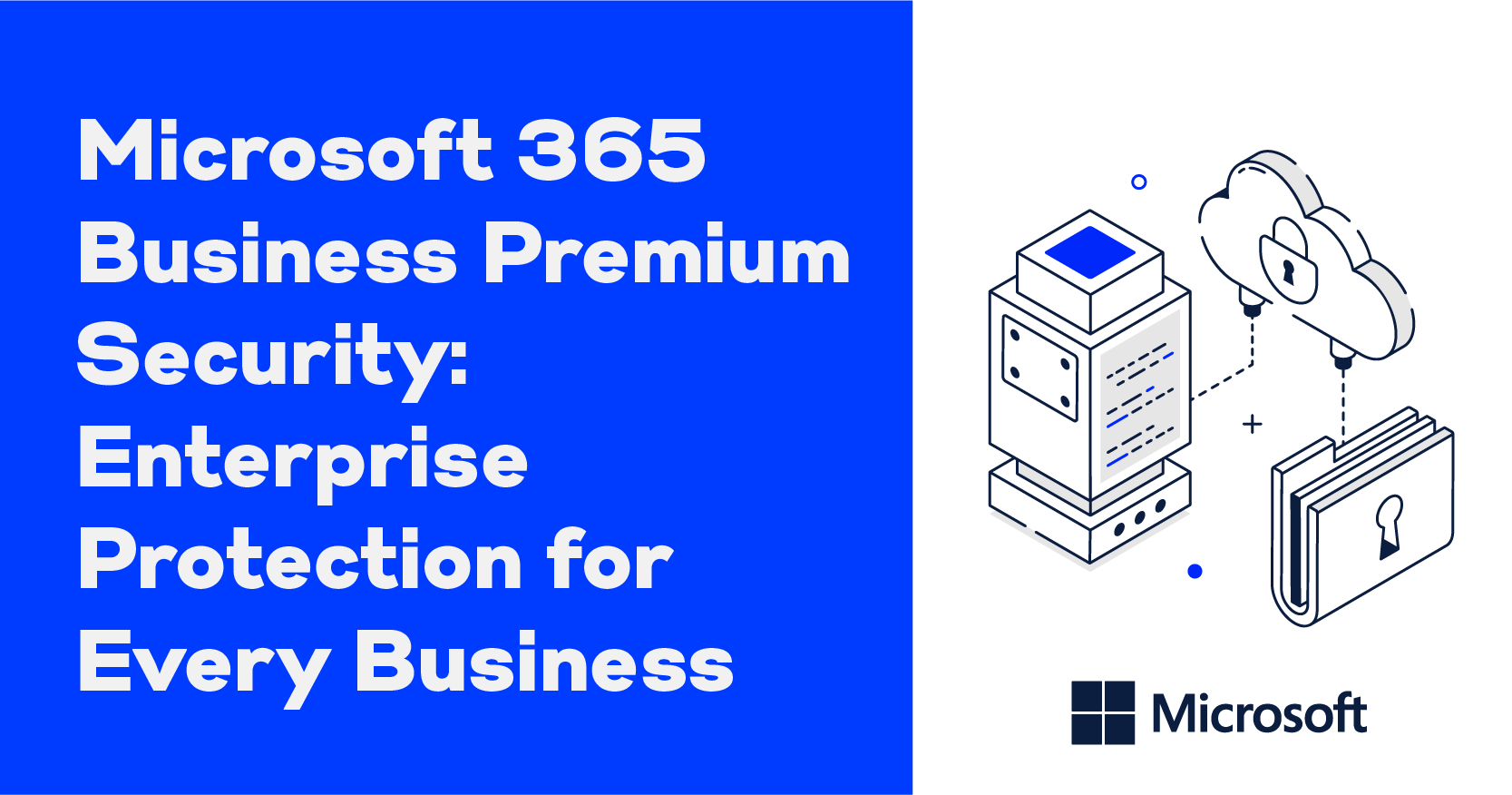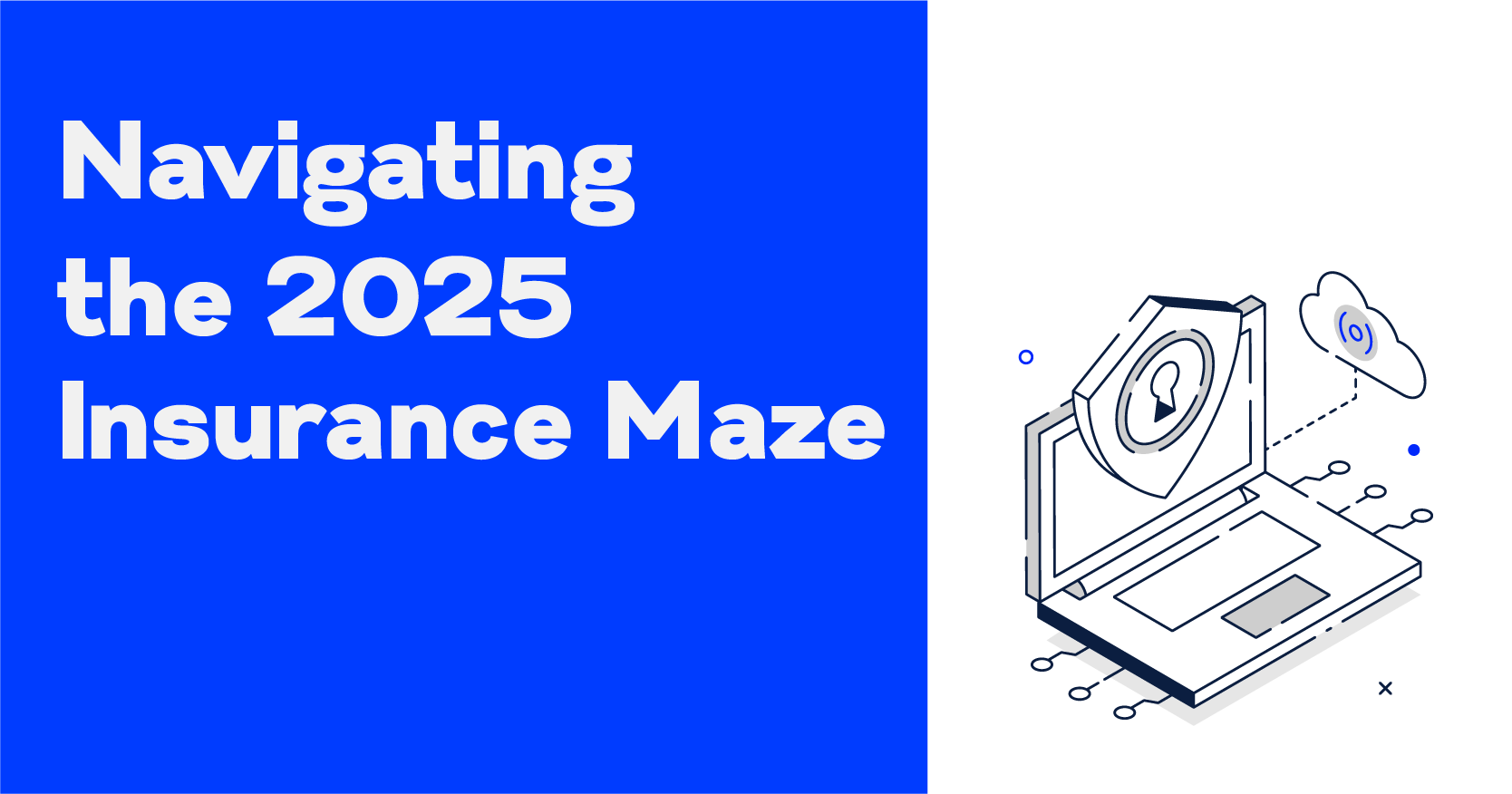Managed Detection and Response: Why 24/7 Security Monitoring Matters

As a security leader, you are on the front lines of a battle that never sleeps. The threats to your organization’s data, infrastructure, and reputation are constant and evolving. The question is, is your defense just as persistent? For many IT teams, stretched thin and juggling multiple priorities, maintaining a vigilant 24/7 security monitoring posture is an operational impossibility. This is where Managed Detection and Response (MDR) becomes a critical component of a modern cyber resilience strategy.
This isn’t about simply adding another tool to your security stack. It’s about fundamentally shifting your approach from reactive to proactive and ensuring that expert eyes are constantly monitoring your environment—24/7, 365 days a year, ready to act at a moment’s notice.
Beyond Traditional Alarms: The MDR Difference
For years, security monitoring meant receiving alerts from a firewall or an intrusion detection system. Your team would then be responsible for investigating, determining the severity, and figuring out how to respond. This traditional model is no longer sufficient.
The 2024 Verizon Data Breach Investigations Report (DBIR) highlights that the exploitation of vulnerabilities as the initial path to a breach has nearly tripled. Attackers are moving faster and with more sophistication. You need a service that does more than just flag a potential issue.
MDR is different. It’s a comprehensive service that combines advanced technology with human expertise. At US Signal, our Managed Detection and Response (MDR) service, backed by our 24/7/365 Security Operations Center (SOC), provides:
-
Real-time threat detection and monitoring: We don’t just forward alerts. Our team of security analysts investigates every potential threat, correlating data from across your network, endpoints, and cloud environments to understand the full context.
-
Proactive threat hunting: Our experts actively search for the subtle signs of compromise that automated tools might miss. We look for patterns and anomalies that could indicate a lurking attacker.
-
Rapid, decisive response: When a credible threat is identified, we don’t just notify you. We take action. Our MDR service includes automated threat containment and expert-led remediation to neutralize threats before they can escalate into a full-blown breach.
Think of it as the difference between a smoke detector and a fire department. One tells you there’s a problem; the other puts out the fire.
The Clock is Ticking: When Do Attacks Happen?
Do you know when your organization is most vulnerable? While you might assume attacks occur during standard business hours, the data suggests otherwise. Threat actors, often operating from different time zones, frequently launch their campaigns during nights, weekends, and holidays. They know that’s when your IT and security teams are likely to be offline or at reduced capacity, slowing down your response time and increasing their chances of success.
Consider these points:
-
Attacks launched on Fridays can take longer to discover and contain, as teams may not be fully staffed over the weekend.
-
Overnight attacks can go undetected for hours, giving adversaries ample time to move laterally through your network, exfiltrate data, and deploy ransomware.
This is the reality that makes 24/7 security monitoring non-negotiable. An alert that fires at 2:00 AM on a Saturday needs the same immediate attention as one that occurs at 2:00 PM on a Tuesday. With a dedicated SOC team, it gets it.
Cyber Insurance and the Mandate for 24/7 Security Monitoring
The cyber insurance landscape has changed dramatically. Insurers are no longer simply checking a box to see if you have a firewall. They are scrutinizing your security controls with a fine-toothed comb. One of the most common and critical requirements for obtaining or renewing a policy is having 24/7 security monitoring and a documented incident response plan.
Why? Because insurers know that constant monitoring and rapid response are two of the most effective ways to minimize the financial impact of a breach. An MDR service demonstrates to carriers that you have a mature security program capable of quickly detecting and containing threats, which can lead to:
-
Improved insurability: Meeting this key requirement makes you a more attractive risk to insurers.
-
Potentially lower premiums: Demonstrating a lower risk profile can result in more favorable policy terms.
-
Faster claims processing: In the event of an incident, having a clear record of detection and response activities from your MDR provider can streamline the claims process.
Without 24/7 monitoring, you risk not only being uninsurable but also bearing the full, uncapped cost of a major security incident.
An Escalating Threat Landscape
The geopolitical climate also plays a significant role in the threats you face. Recently, U.S. federal agencies have issued warnings about the increased risk of cyberattacks from Iranian state-sponsored actors. These are not idle threats. Reports from June 2025 indicate a focus on disruptive and destructive attacks, including data exfiltration and wiper malware, targeting U.S. interests.
These sophisticated threat actors often exploit known vulnerabilities and use advanced social engineering tactics. To defend against such persistent threats, you need an equally persistent defense. This is where a layered security approach, championed by US Signal, becomes paramount. Our portfolio of services, including Advanced Email Security to block initial phishing attempts and robust Patch Management to close known vulnerabilities, works in concert with our MDR offering to create a resilient security posture anchored in 24/7 security monitoring.
A Case in Point: The Ransomware Attack That Wasn’t
Let’s consider an anonymized example. A mid-sized manufacturing company was targeted by a ransomware group. The initial intrusion occurred on a Friday evening through a compromised remote access credential. The attacker began moving laterally, seeking to identify and encrypt critical production data.
Because the company utilized US Signal’s MDR service, our SOC analysts detected the unusual lateral movement within minutes. An analyst immediately initiated the incident response protocol, isolating the affected systems to contain the threat. The attacker was ejected from the network before any data could be encrypted or exfiltrated.
What would have happened without 24/7 security monitoring? The attack would have likely progressed silently throughout the weekend. By Monday morning, the company would have faced a full-blown ransomware crisis, with its operations at a standstill and a multi-million dollar recovery effort ahead. Instead, they experienced a contained security incident with minimal disruption.
Building Your Cyber Resilience
How do you move forward and build a more resilient security posture? Start by asking yourself these questions:
-
Who is watching your network when your team is asleep?
-
How quickly can you move from detecting a threat to neutralizing it?
-
Are you confident you can meet the stringent requirements of your cyber insurance provider?
-
Is your security strategy prepared for the sophistication of modern, state-sponsored attacks?
At US Signal, we provide the technologies and the expertise to help you answer these questions with confidence. From foundational services like our Managed Firewall and Website and Application Security (WAAS) to our advanced MDR and MXDR (Managed Extended Detection and Response) solutions, we partner with you to build a security program that is as relentless as the threats you face—with 24/7 security monitoring at its core.
The reality is that no organization can be 100% immune to attack. But with continuous, expert-led real-time monitoring and response, you can dramatically reduce your risk and ensure that when an incident does occur, it’s a manageable event—not a catastrophe. Don’t wait for a breach to discover the importance of 24/7 security monitoring.




